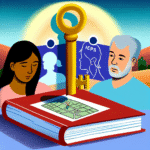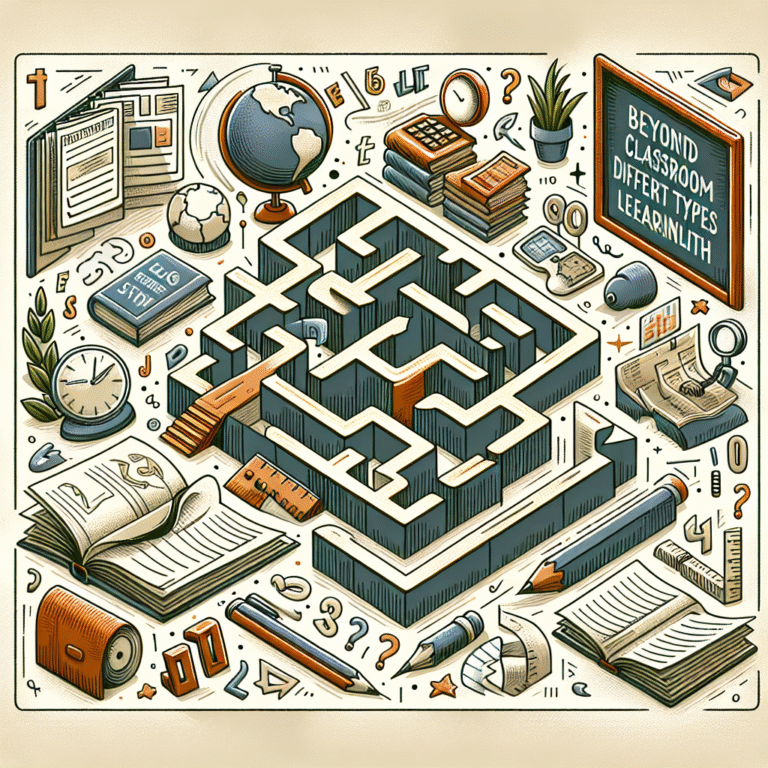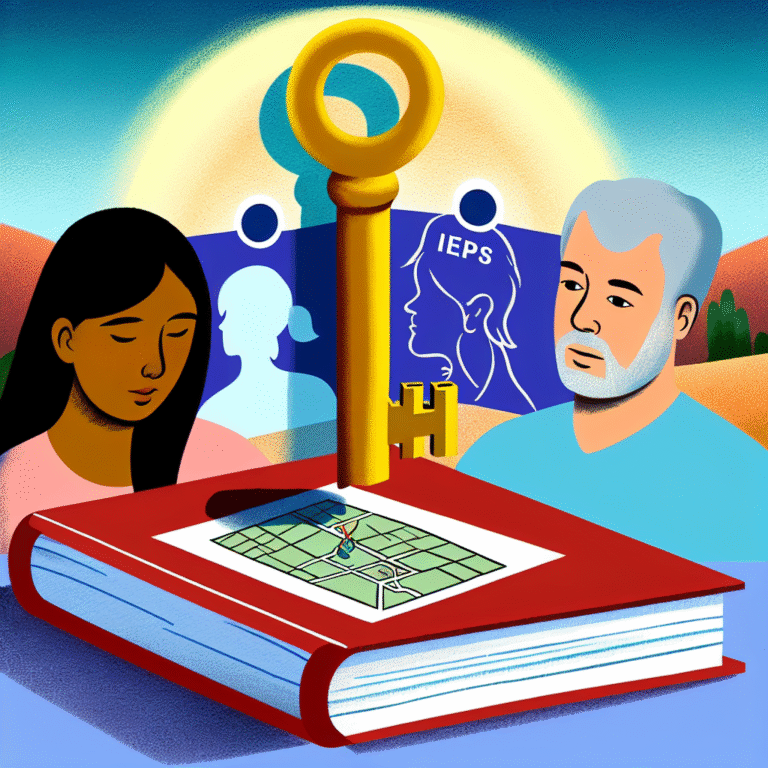
Reshaping Math Education: Proven Techniques for Supporting Learners with Disabilities
Introduction
In today’s increasingly diverse educational landscape, the imperative to reshape math education has never been more crucial. Math is a foundational skill—intertwined with nearly every aspect of daily life, from budgeting to technology. Yet, learners with disabilities often face myriad challenges that can impede their mathematical development. This issue is not just statistical; it impacts lives. How do we transform the traditional models of teaching math to ensure that every learner, regardless of ability, can thrive?
In this article, we’re diving into Reshaping Math Education: Effective Techniques for Supporting Learners with Disabilities. By exploring innovative strategies, case studies, and actionable insights, we aim to equip educators with the essential tools they need to foster an inclusive learning environment where all students can excel in mathematics.
Understanding the Landscape of Math Education for Learners with Disabilities
The Current State of Math Education
Math education often sees a one-size-fits-all approach, which can leave students with disabilities struggling to keep pace. With approximately 14% of students in U.S. public schools identified as having disabilities, it is essential to adopt more flexible and effective teaching methods (National Center for Education Statistics, 2020).
The Importance of Early Intervention
Early intervention is key when reshaping math education for students with disabilities. Research shows that the earlier a child receives specialized support, the better their long-term academic outcomes will be. Adapting instruction to match learners’ unique needs can transform their experiences and build their confidence in math.
Effective Techniques for Supporting Learners with Disabilities
Let’s explore essential techniques for reshaping math education through tailored approaches.
1. Incorporating Technology
Case Study: The Use of Digital Math Tools
Overview: A special education classroom implemented digital math tools like interactive software and apps that provided immediate feedback.
Relevance: Results showed increased engagement, allowing learners to progress at their own pace. Teachers noted significant improvements in students’ problem-solving skills and a reduction in math anxiety.
| Table 1: Benefits of Digital Tools in Math Education | Tool Type | Benefits | Examples |
|---|---|---|---|
| Apps | Instant feedback, personalized pace | Khan Academy, IXL | |
| Interactive Whiteboards | Visual engagement | SMART Boards | |
| Game-Based Learning | Motivation and reinforcement | Math Playground |
2. Adapting Instructional Strategies
Case Study: Multisensory Approaches
Overview: A district switched to using multisensory instructional techniques, where students learned math through visual, auditory, and kinesthetic activities.
Relevance: Data indicated that students with dyslexia and ADHD excelled with these approaches, often outperforming their peers in standardized tests.
3. Collaborative Learning Environments
Case Study: Peer-Assisted Learning Strategies (PALS)
Overview: Through PALS, students were paired to work on math problems, allowing learners with disabilities to assist and be assisted by their peers.
Relevance: Findings reflected a 30% increase in scores among students participating in peer-assisted learning, fostering both social and academic skills.
4. Scaffolding and Gradual Release
This technique involves building students’ skills through structured support, gradually reducing assistance as learners become more proficient:
- Modeling: Teacher demonstrates the problem-solving process.
- Guided Practice: Learners practice under teacher supervision.
- Independent Practice: Students work through problems on their own.
Case Study: Scaffolding in Action
Overview: A classroom used scaffolding techniques for solving word problems which initially provided step-by-step guides.
Relevance: Students reported improved confidence and grasp of concepts, evidencing the strong need for strategic support in math learning.
5. Visual Supports
Utilizing visual aids can significantly enhance comprehension in students with various learning disabilities.
Resources for Visual Supports
- Graphic organizers: Help students visually map out relationships.
- Visual timetables: Guide learners through structured math periods.
6. Flexible Grouping
By adjusting student groupings based on skills and needs, educators can foster an inclusive environment.
Relevance and Outcomes
Research suggests adaptable group dynamics lead to higher engagement and a sense of belonging. Students with disabilities feel less isolated and are more likely to engage with peers.
The Role of Educators in Transformation
Professional Development for Teachers
Educators must be equipped with the latest methodologies. Ongoing professional development can help teachers understand the needs of diverse learners and implement effective strategies.
Collaboration with Specialists
Working alongside special educators and school psychologists can provide invaluable insights into best practices.
Conclusion: A Call to Action
Reshaping math education through effective techniques that support learners with disabilities is not just beneficial; it is essential. By integrating technology, adapting instructional approaches, facilitating collaborative learning, scaffolding, utilizing visual supports, and maintaining flexible grouping, we can create a landscape where every student is empowered to succeed.
Let us unite to embrace these innovative strategies and ensure that every learner, regardless of their challenges, has the opportunity to excel in math.
FAQs
1. What are the primary challenges faced by learners with disabilities in math education?
Learners with disabilities often struggle with concepts, retention, and application of math skills. Additionally, they may experience anxiety and lack motivation due to previous negative experiences.
2. How can I identify the needs of my students with disabilities?
Conduct assessments and observations to understand each learner’s strengths, weaknesses, and personal interests. Building a rapport with students can also help in identifying their unique needs.
3. Are there specific technologies recommended for supporting math learning?
Yes, apps like Khan Academy, IXL, and hands-on digital math manipulatives can provide personalized learning experiences and break down complex concepts.
4. How do I get started with multisensory instruction?
Begin by integrating various sensory materials—like physical objects, drawings, and verbal explanations—into your math lessons. Experiment with different techniques to see what resonates best with your learners.
5. Can parents play a role in supporting their child’s math education?
Absolutely! Parents can support their child’s learning by reinforcing skills at home, using games, and communicating with teachers to stay informed about classroom strategies.
Embrace the challenge and opportunity of Reshaping Math Education: Effective Techniques for Supporting Learners with Disabilities. By inspiring change in our approach, we are paving the way for a brighter, more inclusive future in education.






